Sudan
Sudan's Dinder National Park has beome a battle field in the fight between humans and wildlife for land.
Vast grasslands, lakes and woods are spread over more than 10,000 square kilometres, making it an important flyway for migratory birds.
But the massive reserve is under threat.
The population has exploded, putting pressure for new croplands on this area tucked away by the Ethiopian border.
"It (birds) enjoys the richest wildlife in Sudan," said Albadri Alhassan, head of the park's development organisation. "But the growing human violations threaten to diminish the wilderness."
When the park was first declared a protected reserve under Anglo-Egyptian rule in 1935, the area was sparsely inhabited.
But in recent decades, the population has soared in the villages that dot the park and its surrounding buffer zone, creating huge pressure for new land to grow crops.
And as cattle herders' traditional grazing lands have been ploughed up, they in turn have increasingly encroached on the park in search of pasture.
"Such behaviours are posing an immense threat to the reserve," said the head of Dinder's wildlife research station, Omar Mohamed.
Among the hardest-hit species has been the giraffe, which has disappeared from the park in the face of habitat loss and other environmental factors, Mohamed said.
Cattle herders pass into the park for pasture, their traditional grazing lands ploughed up.
Villagers say they do their best to follow park restrictions but add that they desperately need more land to feed themselves.
"We use traditional agriculture and we prevent our animals from grazing outside our village," said farmer Abubakr Ibrahim from Mai Carato, a village on the west bank of the Rahad river, which flows through the reserve.
He complains that some regulations are "very hard and impractical" to follow in the growing villages.
"Our village alone has an estimated population of around 2,000 people," he said, adding that its allotted five square kilometres of land was "too small".
"It is not enough for us," he said, arguing that "the reserve is vast, so giving us more space will not do any harm".
But conservationists disagree.
"Any expansion to the villages will greatly harm the reserve, disturb the wildlife and reduce their resources," Mohamed said.
"It would be best to move those villages to better-serviced areas outside the reserve."
Human encroachment disturbs the park's wildlife in other ways too.
Hungry villagers often harvest wild honey from the park's woods, lighting fires to create smoke to ward off the bees, in breach of park rules.
Rangers patrol the rugged terrain in search of violators, who can face hefty fines or up to six months in prison depending on the offence.
"We try to pursue them but sometimes they flee before we arrive," ranger Mohamed Makki told AFP.
But all is not lost. The park's wildlife research chief says sightings of hyenas, lions and smaller cats like genets and servals remain common, particularly at night.
By day, visitors can see African buffalo and several species of gazelle as well as an array of birdlife, both resident and migratory.
Despite all the challenges, the reserve has "remained pristine and managed to maintain its wilderness," Mohamed boasts.
"All we want is to keep it this way."




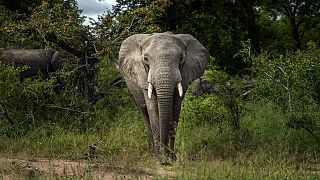
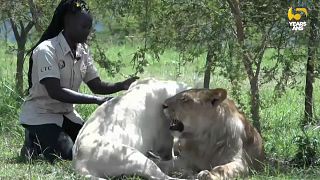
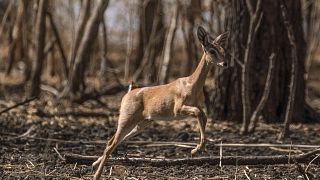
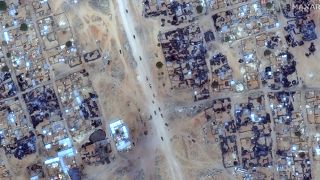
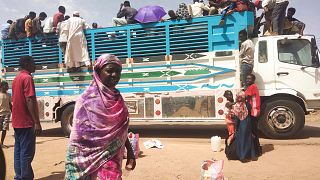



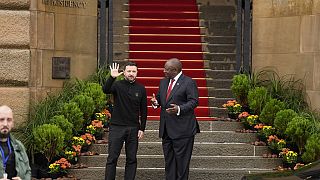
02:19
In Ghana, an illegal settlement turned a forest reserve into a criminal city
Go to video
African elephant Pupy arrives in Brazilian sanctuary after 30 years in Buenos Aires zoo
Go to video
South African orphanage rehabilitates injured predator birds
Go to video
Kenya: Belgian nationals plead guilty to smuggling protected ants
Go to video
Sudan: World Food Programme warns of hunger crisis, asks for more funding
Go to video
African conservationists saving vultures from going extinct